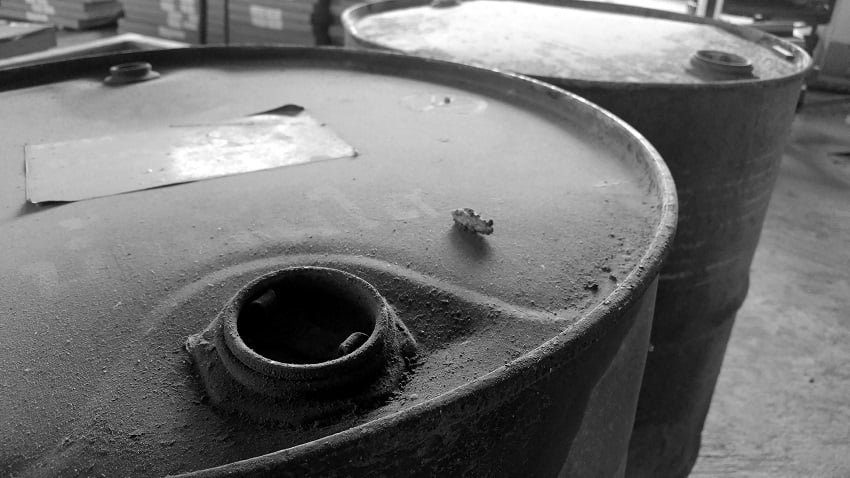Understanding Gear Oils
There’s often confusion about the American Petroleum Institute (API) classifications used for gearbox or transmission oil specifications. Therefore, individuals...
Most materials deteriorate over time, including finished lubricants. That is why knowing what to look for in lubricants, including their shelf life, is critical in determining whether they should be used again, discarded, or recycled.

Lubricant manufacturers recommend that you don’t use lubricants beyond their shelf life. Lubricating oils and greases deteriorate with time when in use or in storage. This can affect product performance which in turn can be detrimental to the equipment and costly.
In this article, we take a closer look at the estimated shelf life of finished lubricants, as well as optimal storage conditions.
How to identify expired lubricants
Storage conditions affecting all lubricants
Product shelf life
Recommended storage conditions
The shelf life for lubricants is estimated and is based on the optimal storage conditions of these Lubricants within their original containers. After opening the container, use the leftover lubricant within one year.
Some easy ways to identify lubricants with an expired shelf life are a cloudy appearance, strong odour, an overly firm or dense consistency, a dark or hazy colour, and a slime-like appearance.
Most materials – including lubricating oils and greases – deteriorate with time, which may affect product performance. The storage environment greatly affects the estimated shelf life of lubricants and greases.
These include:
High heat (greater than 43°C) and extreme cold (less than -16°C) can affect lubricant stability. Heat will increase the rate of oil oxidation. Cold can result in wax and possible sediment formation.
Light may impact the colour and appearance of lubricants. Lubricants should be kept in the original metal or plastic containers they were packaged in.
Water will react with some lubricant additives. It can also promote microbial growth at the oil/water interface. Lubricants should be stored in a dry location, preferably inside.
Lubricant drums and pails should not be stored in areas where there is a high level of airborne particles. This is especially important when a partially used container is stored for later use.
Oxygen and carbon dioxide can react with lubricants and affect their viscosity and consistency. Keeping lubricant containers sealed until the product is needed is the best protection.
Oil will naturally separate from most greases. Temperatures in excess of 43°C can accelerate oil separation.

It is good to remember that shelf life and product service life are not the same. The latter refers to the product's lifecycle within its intended service – depending on the development and application.
The shelf life estimates are based on the assumption that the optimum storage conditions listed by the manufacturer are used.
In certain instances, a product which exceeds its estimated shelf life may still be fit for sure. However, these products should be tested and evaluated against the original product manufactured specification. It is worth mentioning that product analysis and recertification come at a cost.
The first step towards achieving proactive maintenance of your lubricants, and ultimately your equipment, begins with proper in-plant storage and handling.
Lubricants extend the life of equipment by lowering the need for maintenance and repair. The less maintenance machinery needs, the more affordable it is to run. So, it makes financial sense to choose the best lubricant for your needs and store it properly.
With this in mind, knowing what to look for when referencing lubricant shelf life is vital in deciding which lubricant is suitable for use or which should be recycled.
For further inquiries, please reach out to our technical team by clicking here.There’s often confusion about the American Petroleum Institute (API) classifications used for gearbox or transmission oil specifications. Therefore, individuals...
Higher crude prices have led to an increase in transportation costs. Lubricant price increases are directly tied to the economy as a whole and can be influenced by many...
Copyright © 2025 Astron Energy (Pty) Ltd.
All rights reserved. The Caltex mark is owned by Chevron Africa – Pakistan Services (PTY) Ltd. Under License to Astron Energy (Pty) Ltd.